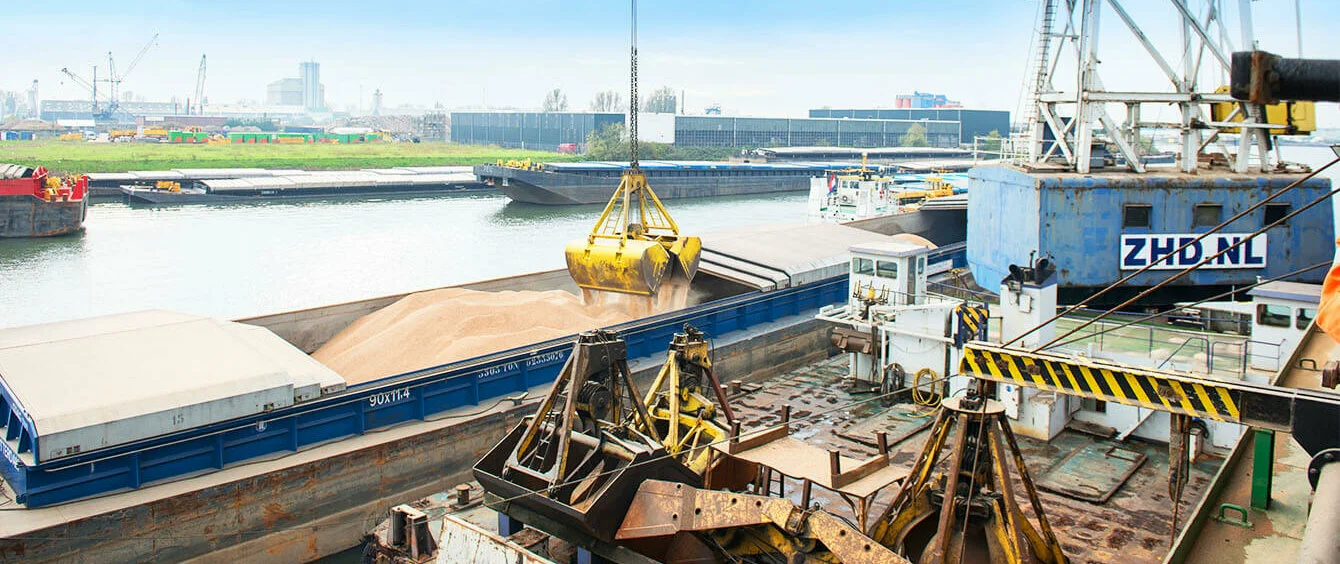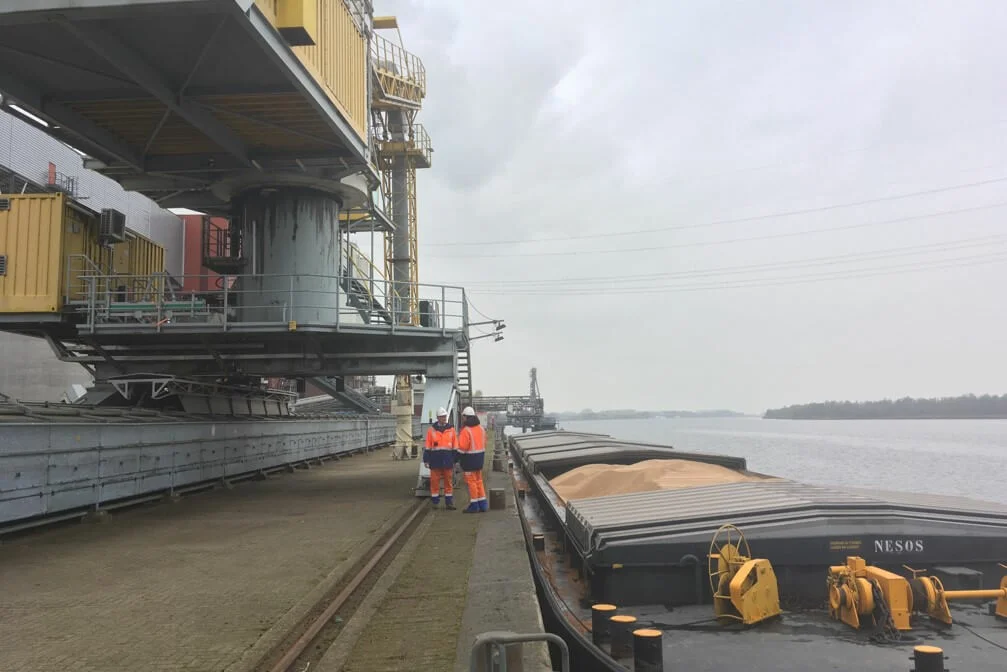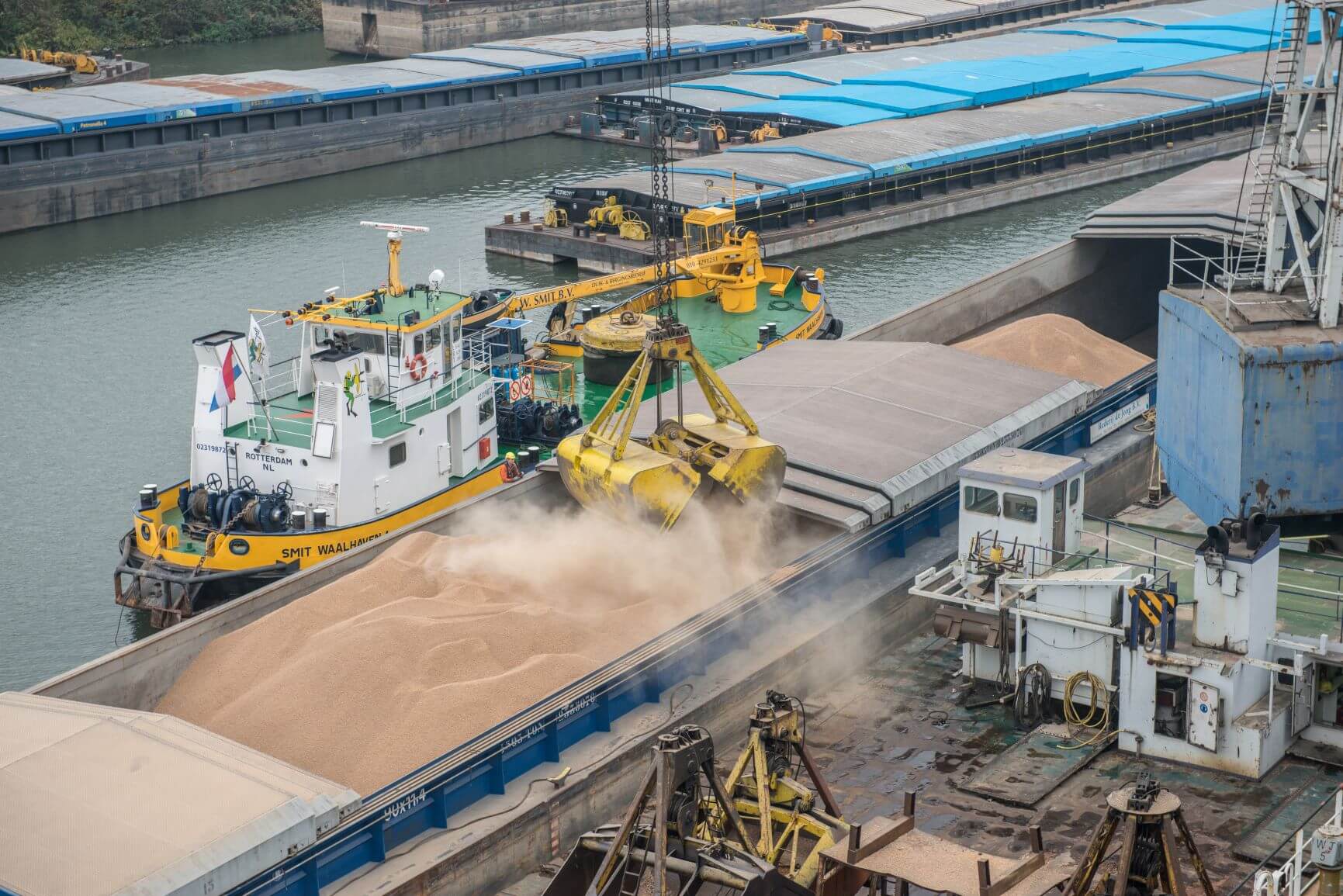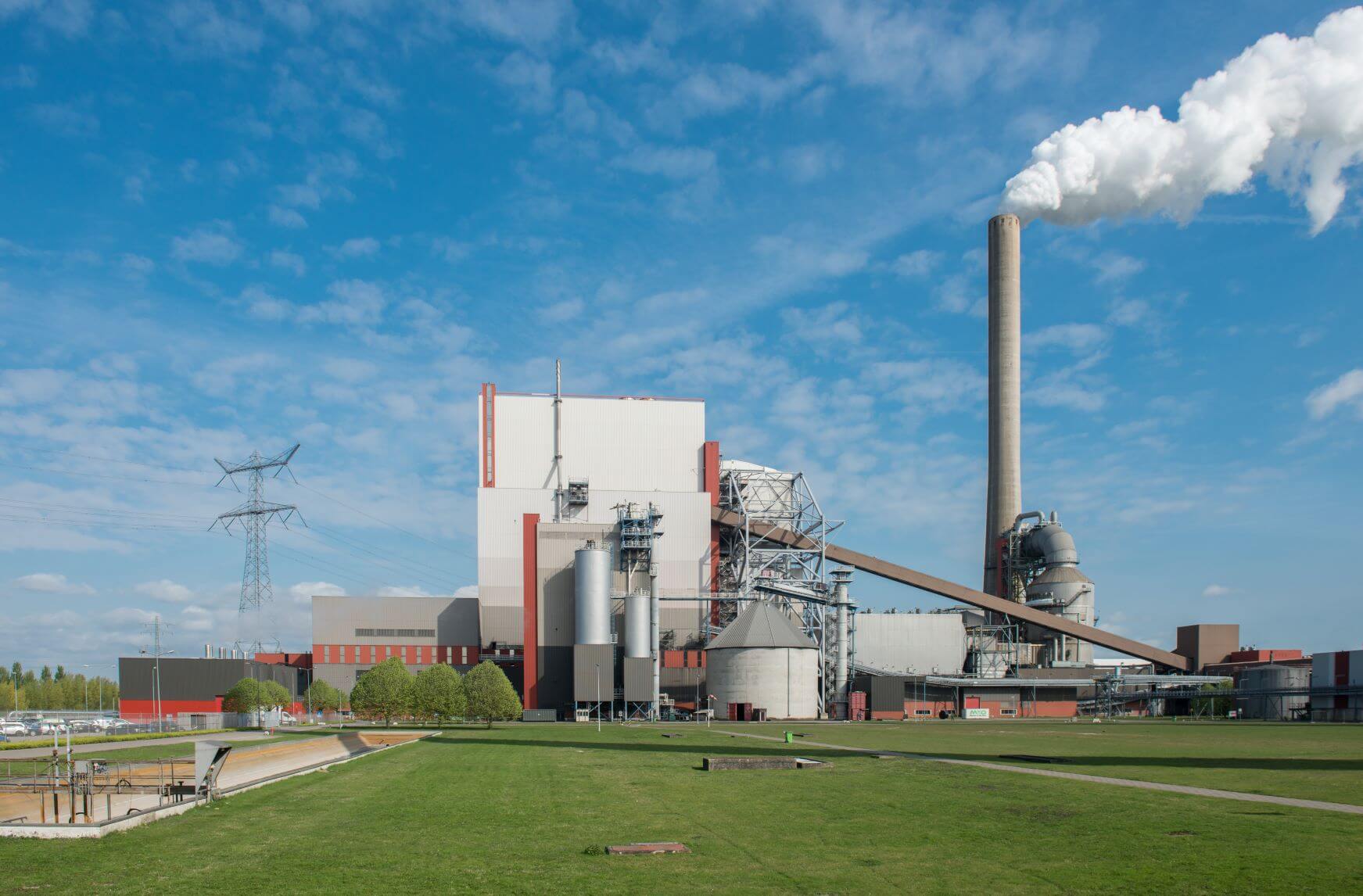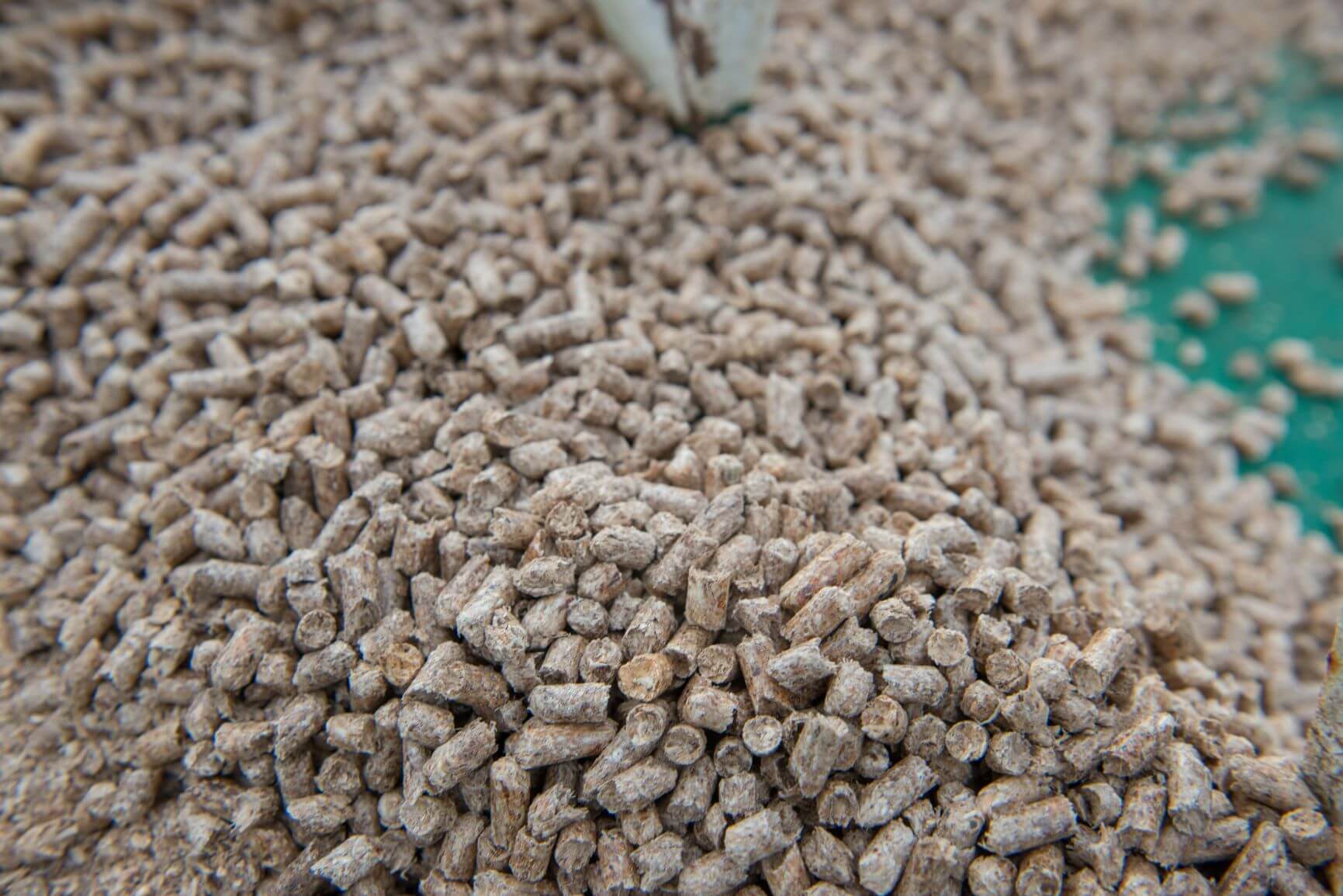A lot has changed in the Amer power station, located directly on the Amer. Hard coal is no longer the only thing being delivered here. For some months now, freight vessels have also been shipping wood pellets to the plant. A kind of oversized vacuum cleaner moves the pressed sawdust pieces from the ships onto conveyor belts and then into large silos. Together with coal, the pellets are burned to generate electricity and heat. After a nine-month trial run, the power plant in Geertruidenberg in the south of the Netherlands will now be operated with biomass and hard coal moving forward. As much as 40 percent of the used fuels sources are wood shavings while 60 percent is hard coal.
And this transition is just the beginning. Four of the five coal-fired power stations in the Netherlands are making plans to burn wood shavings and other forms of biomass in addition to hard coal in 2019. And the headway made at the Amer power plant is not yet over either. Operator RWE intends to increase the proportion of wood shavings used as fuel to 80 percent by 2020. By 2025, the station is to run exclusively on biomass. Government plans stipulate that power plants will then no longer be allowed to burn coal. “Biomass is playing an important part in the energy transition in the Netherlands,” explains Chris Scheerder, head of the power station. “It is carbon-neutral and therefore indispensable in order to achieve the ambitious climate targets.”
Biomass reduces emissions
By using wood pellets in Geertruidenberg, around 1.4 million metric tons of carbon dioxide emissions are already being saved each year and the biomass alone is responsible for producing green electricity for around 360,000 households. This is comparable to the capacity of 200 large wind turbines. In addition, the block also supplies the surrounding cities with district heating.
The Netherlands is increasingly relying on biomass to achieve its climate and energy goals. The state has undertaken to halve CO2 emissions by 2030 compared to 1990. The EU has also stipulated that 14 percent of energy come from renewables by as early as 2020. The Netherlands is still quite a long way from hitting this target, considering the expansion of renewable energy is dragging.
Biomass is regarded as sustainable, because it is renewable, and a climate-neutral energy source, considering the exact same amount of carbon dioxide is released during combustion as the organisms previously absorb from the atmosphere beforehand. In this respect, it is important that the biomass used for power generation, which is also produced from maize, rapeseed and other food crops, not compete with food production. Nature conservation should not suffer as a result, either. These are also driving factors in research to determine ways in which plant substances can be used as efficiently as possible.
Wood shavings from the Baltic States
Around 2,500 metric tons of pellets are burned daily in the power plant in Geertruidenberg. The compressed wood shavings stem from forests in the Baltic States. “The furniture industry, for example, also relies on these forests but we are only interested in the wood shavings. If we didn’t use them, these shavings would simply be left lying on the ground,” explains Scheerder. Wood that is left over or which is not used during the furniture manufacturing process – such as branches, twigs, trees that are too crooked or sawdust – is then pressed into pellets and burned later on. The surplus wood comes from sustainable forestry, which also ensures that new trees are planted.
When regarded in terms of calorific value, however, wood pellets are more than twice as expensive as hard coal, even though they are made with wood shavings. Using biomass in power plants is therefore only economically viable with the help of state subsidies. The operators of the stations will receive a total of 3.6 billion euros over the next eight years.
The state is promoting biomass because, in addition to climate protection, it offers another considerable advantage: unlike other renewable energy sources, it is able to guarantee security of supply. “The great thing about biomass is that it can always be used to generate energy,” says Taco Douma, Head of RWE’s Hard Coal, Gas and Biomass Power Plants Division. “Even when the wind doesn’t blow and the sun doesn’t shine.”
Photo credits: © RWE AG
